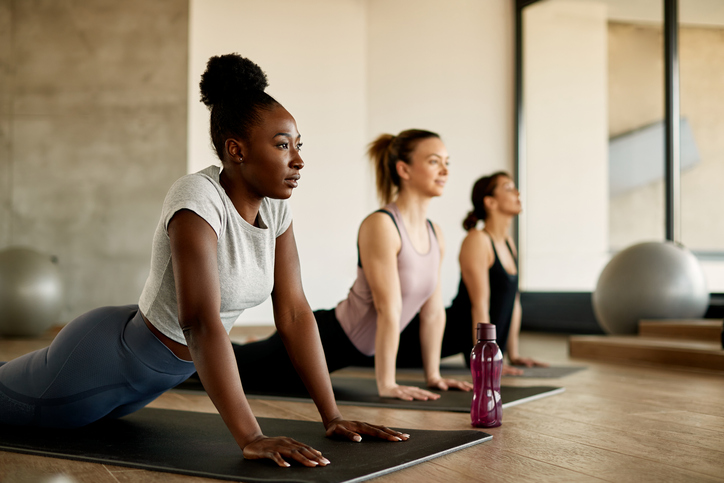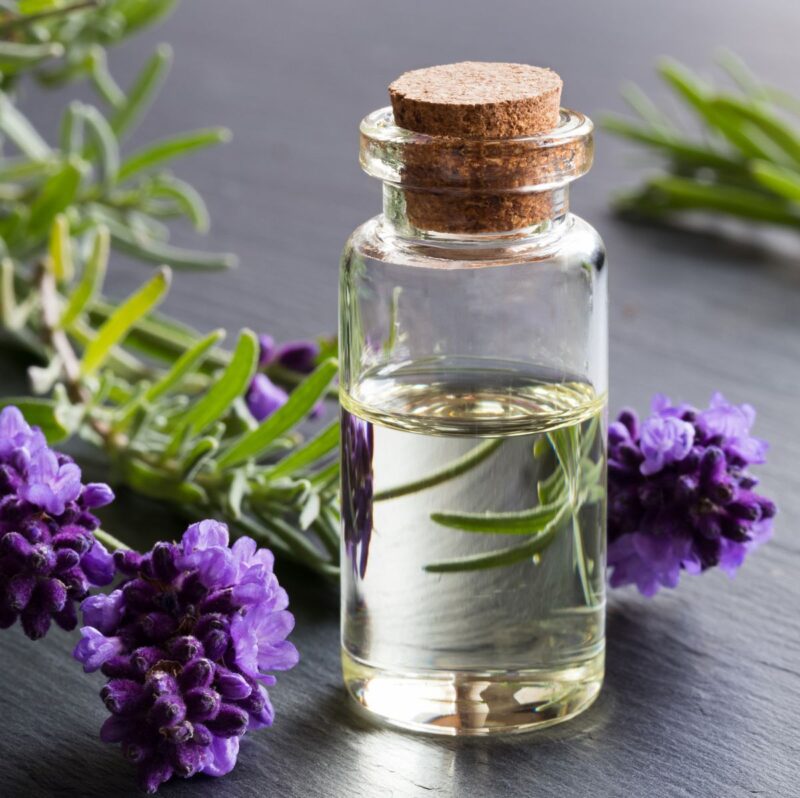Dealing with period pain can be a challenging experience for many women, especially at the beginning of the menstrual cycle. Cramps, pelvic pain, and accompanying symptoms like headaches and mood swings can be incredibly uncomfortable, sometimes even severe enough to confine you to bed completely. While period cramps can be painful, there are effective self care tips that experts agree can provide relief. Instead of reaching for over-the-counter medications, here are some self care remedies you can try to ease menstrual cramps. But first, let’s explore what is happening in your body when experiencing period pain/discomfort.
Why do menstrual cramps happen?
Pain associated with menstruation is called dysmenorrhea, the uterus is comprised mostly of muscle cells whose main mode of activity like any muscle is to contract. When blood and tissue are shed during menstruation, an inflammatory reaction provokes contraction of the uterine muscles, causing menstrual cramps. These contractions help expel the lining, leading to pain. It is common to feel discomfort around your abdomen and lower back when menstruating, some people may also experience nausea, headaches, and even diarrhea.
The intensity of cramps varies from woman to woman and may change over time. Some women experience mild discomfort, while others suffer from severe pain. Doctors are not sure why this is the case but there are some known factors associated with more intense pain such as:
- Uterine fibroids
- Use of birth control
- Endometriosis
How to tell if your period cramping is normal
It’s important to note that Painful periods that impact your daily functioning aren’t normal. Period pain can be grouped into two categories namely Primary dysmenorrhea and secondary dysmenorrhea.
Primary dysmenorrhea
This type of menstrual cramps is more common. Primary dysmenorrhea is caused by prostaglandin in the lining of your uterus. Prostaglandin is a hormone found in the uterine lining that increases just before menstruation starts. Primary dysmenorrhea is usually worse around the time a woman starts getting her period and lessens with age.
Women who experience primary dysmenorrhea are also more likely to have cramps only during the first couple days of their period when menstrual bleeding starts. If your cramps are not accompanied by other concerning symptoms like heavy bleeding, unusual vaginal discharge, or fever, then it’s more likely normal period pain.
Secondary dysmenorrhea
This less common type of cramping is caused by a medical condition such as an infection, endometriosis, uterine fibroids, or ovarian cysts. These menstrual cramps often worsen with age and can last for the entire duration of your period. If your period pain is severe enough to disrupt your regular daily activities, it may warrant further investigation.
It is essential to understand your body and identify when the pain becomes a cause for concern. If you experience intense or unusual pain, it’s best to consult with a healthcare professional to rule out any potential underlying conditions.
Self care tips that can help ease period pain
1) Low impact exercises

Although exercise might be the last thing many people feel like doing when they have cramps, engaging in gentle physical activity during your period can help alleviate cramps by promoting blood circulation and releasing endorphins, which act as natural pain relievers. Strenuous exercise might not be beneficial when in pain but low-impact exercises like walking, yoga, or stretching can make a significant difference in reducing menstrual discomfort.
2) Using a heating pad
Research published in Evidence-Based Nursing found that topically applied heat was just as effective as ibuprofen for period cramps. Placing a hot water bottle or heating pad against the abdomen or back can provide comforting warmth and help relax the uterine muscles, easing the pain. The heat also increases blood flow to the area, further reducing discomfort. A warm, soothing bath is also an effective way to reduce cramping.

3) Try herbal teas

Research on herbal teas for menstrual pain relief is scarce, but teas have been used by menstruating women in numerous cultures for centuries. Herbal teas infused with natural ingredients like chamomile, ginger, and peppermint are often recommended for menstrual pain because they are calming to the body. Chamomile can relax muscles, ginger has anti-inflammatory properties and peppermint can help alleviate bloating. Sipping on these teas can provide some relief and a sense of relaxation during your period.
4) Massage with essential oils
A gentle abdominal massage using essential oils like lavender or clary sage can be beneficial in reducing period pain. These oils have calming properties and can help ease muscle tension and promote relaxation. The National Association for Holistic Aromatherapy suggests diluting pure essential oils with a carrier oil like coconut or almond oil before placing it on your skin to avoid irritation.

5) Consider dietary changes
What you eat can also impact period pain. A diet high in processed meats, oils, and other inflammation-promoting foods can lead to severe menstrual cramps. Some studies have found that decreasing fat in the diet, particularly animal fat can lead to less painful periods. Incorporate foods rich in anti-inflammatory properties, such as fatty fish, nuts, seeds, and leafy greens, into your diet and reduce consumption of processed foods, caffeine, and alcohol, as they can worsen inflammation and bloating. Staying well-hydrated throughout your cycle is also crucial.
Period pain is a natural part of a woman’s life, but it doesn’t have to be a hindrance to your daily activities. These self care remedies may help to ease menstrual discomfort naturally but if they are not successful, or your cramps are unusually severe, consult with a healthcare professional for a proper evaluation and personalized advice.

